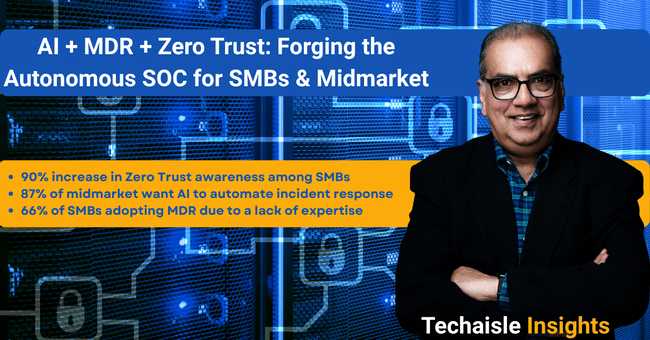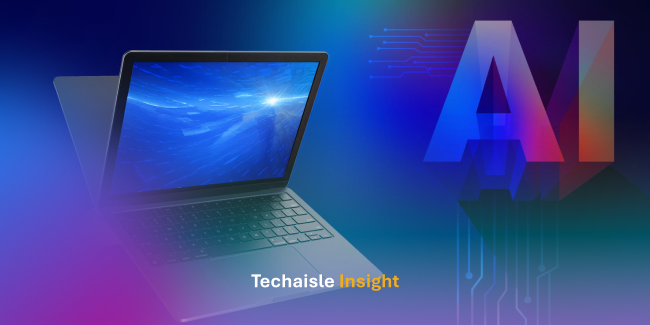The technology market is awash in "Generative AI." We are saturated with demonstrations, pilots, and proofs of concept (POCs). Yet, for most organizations, the path from a compelling demo to scaled, enterprise-wide production remains elusive. The gap is fraught with challenges, not least of which are security, governance, and a clear return on investment.
In a recent analyst briefing, Google Cloud, led by Hayete Gallot, President of Customer Experience, articulated a strategy that signals a distinct and significant pivot. The narrative is moving decisively from "Generative AI" as a standalone technology to "Agentic AI" as a governed, integrated business system.

This is not a mere semantic shift. It is a fundamental reframing of the problem and the solution, moving the conversation from "what a model can do" to "what a system of agents can achieve for the business." This agent-centric strategy is built on three core pillars: a platform for governance, a framework for creating new agentic architectures, and a GTM model for partner-led scale.
The "Why": Solving for "Rampant Agents"














